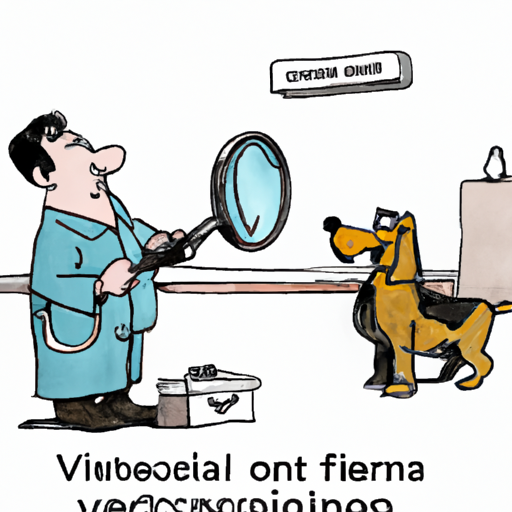It’s every dog owner’s nightmare: you’re petting your beloved pooch, and suddenly, you spot a tiny, dark critter scurrying through their fur. Yes, the dreaded flea invasion has begun. But fret not, this article will guide you on how to rid dogs of fleas in a safe, effective, and even (relatively) enjoyable manner.
Table of Contents
- Understanding Fleas
- Spotting the Signs of Fleas
- Effective Flea Treatments
- Preventing Future Infestations
- Frequently Asked Questions
Being a responsible pet owner is not just about providing food, shelter, and affection. It also involves safeguarding your four-legged friend from pests like fleas that can cause discomfort and even serious health issues.
Understanding Fleas
Fleas are small, wingless insects that thrive on the blood of mammals. They are notoriously hard to eliminate due to their fast reproduction cycle. A single female flea can lay up to 50 eggs a day, which means a minor flea problem can rapidly become a full-blown infestation.
One of the best resources for understanding fleas is this comprehensive guide by the Centers for Disease Control and Prevention. Additionally, this article on One Top Dog offers insights into the life cycle of fleas, which is crucial knowledge for effective flea control.
Spotting the Signs of Fleas
Early detection is key in preventing a flea infestation. Some common signs that your dog may have fleas include:
- Scratching, Licking, or Biting – Fleas often target areas such as the head, ears, tail, and lower back. If your dog is excessively scratching or biting these areas, it may be time for a flea check.
- Flea Dirt – This is essentially flea poop, appearing as tiny black or dark brown specks on your dog’s skin or fur. You can confirm it’s flea dirt by placing it on a wet paper towel; if it turns red or rust-colored, it’s flea dirt.
- Flea Eggs – These are tiny white specks, often mistaken for dandruff or dirt.
For more detailed information, check out this guide on detecting fleas from OneTopDog.
Effective Flea Treatments
If your dog has fleas, don’t panic. There are several effective treatments available. Here’s a rundown of some of the most common ones:
- Topical Treatments – These are applied directly to your dog’s skin, usually between the shoulder blades or at the base of the neck. They kill fleas on contact, before the fleas have a chance to bite your dog. An example of a topical treatment is Frontline Plus.
- Oral Medications – These are ingested by your dog and work by killing fleas after they’ve bitten your dog. Examples include Comfortis and NexGard.
- Flea Collars – These are worn around your dog’s neck and release chemicals that kill fleas. The Seresto collar is a popular choice.
- Flea Shampoos – These are specially formulated shampoos that kill fleas on contact. They need to be used regularly to be effective.
In addition to these treatments, you should also clean your home thoroughly to eliminate any fleas or flea eggs. This includes washing all pet bedding and vacuuming all carpets and upholstery.
This article on OneTopDog provides a comprehensive review of the best flea treatments for dogs.
Preventing Future Infestations
Prevention is always better than cure. Here are some tips to prevent future flea infestations:
- Use Preventative Treatments – Regular use of topical treatments, oral medications, or flea collars can keep fleas at bay.
- Regular Grooming – Regular baths with flea shampoo and frequent combing with a flea comb can help spot and eliminate fleas early.
- Clean Your Home – Regularly wash your dog’s bedding and vacuum your carpets and furniture to remove any potential flea eggs.
- Treat Your Yard – Fleas can live in your yard, so consider using a yard spray or hiring a professional exterminator.
Frequently Asked Questions
1. Can fleas live on humans?
Fleas prefer non-human hosts, but they can bite humans. However, they can’t live on humans.
2. How long does it take to get rid of fleas?
It can take several weeks to fully eliminate a flea infestation, due to the life cycle of the fleas.
3. Can I get fleas from my dog?
Yes, fleas can jump from your dog to you, but they won’t be able to live and reproduce on you.
4. Can fleas live in my house?
Yes, fleas can live in carpets, furniture, and pet bedding.
Remember, the best way to deal with fleas is prevention. Regular grooming, the use of preventative treatments, and maintaining a clean environment can help keep your dog and your home flea-free. If your dog does get fleas, consult your vet for the best course of treatment.



